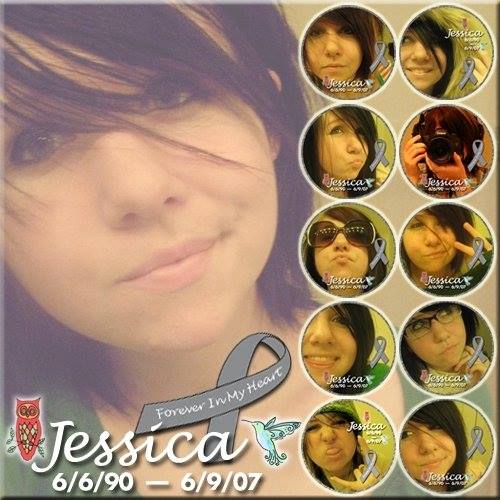Fausto J. Rodriguez M.D., Johns Hopkins School of Medicine
Report from funding, 2011-2012. This study has been published in two journals.
Pilocytic astrocytomas (PA) are low grade neoplasms that represent the most frequent gliomas in children and your adults. Most of these tumors have an excellent outcome after gross total resection. However a subset progress clinically despite standard treatments, particularly those that arise in anatomic locations where a complete resection is not possible. Therefore, a basic understanding of the molecular mechanisms responsible for PA biology is needed in order to provide novel curative treatments.
The most frequent, consistent molecular abnormality in PA is activation of the MAPK pathway, usually as a result of activation of BRAF. However, several lines of evidence suggest that other signaling pathways may also play a role in the biology of these tumors. One such pathway is PI3K/AKT/mTOR which contributes to cellular proliferation and growth, and may be targeted with currently available drugs. In the past year, with the support of CBTF, we have tested numerous components of the mTOR pathway using tissue microarrays of surgically obtained PA tissue (n=114). Our data suggests that mTOR is active in a significant subset of these tumors, based on moderate to strong pS6 immunostaining in up to approximately 60% of tumors tested.
We currently know that mTOR in the cell exists in association with other proteins in two different complexes: mTORC1 and mTORC2. One of our preliminary observations is that Raptor (a component of mTORC1) is increased to a greater extent than Rictor (a component of mTORC2) in sporadic PA, while the converse was noticed in diffuse and high grade gliomas. In follow-up studies, we are analyzing the prevalence of these alterations by clinicopathologic subgroups, including tumors arising in different parts of the brain. Additionally we are studying the mechanisms responsible for mTOR activation in pediatric low grade gliomas, and the effect of pharmacologic inhibition of the pathway on tumor growth in model systems.
We are grateful to the CBTF and Tennis for Tumors for their kind support for these studies.
CBTF thanks Dr. Rodriguez for his very informative progress report.

 A second chance …
A second chance …